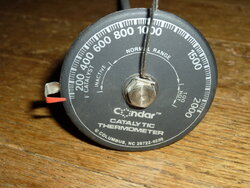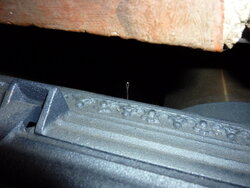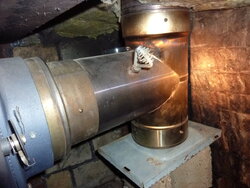jetsam
Minister of Fire
If you're selling a $20 thermometer, you don't want to get sued for $20 million because 700° was too hot for a poorly designed and installed- and possibly homemade- stove that you've never heard of before. I'm surprised their "OVERFIRE" graphic doesn't start at 100°. 





